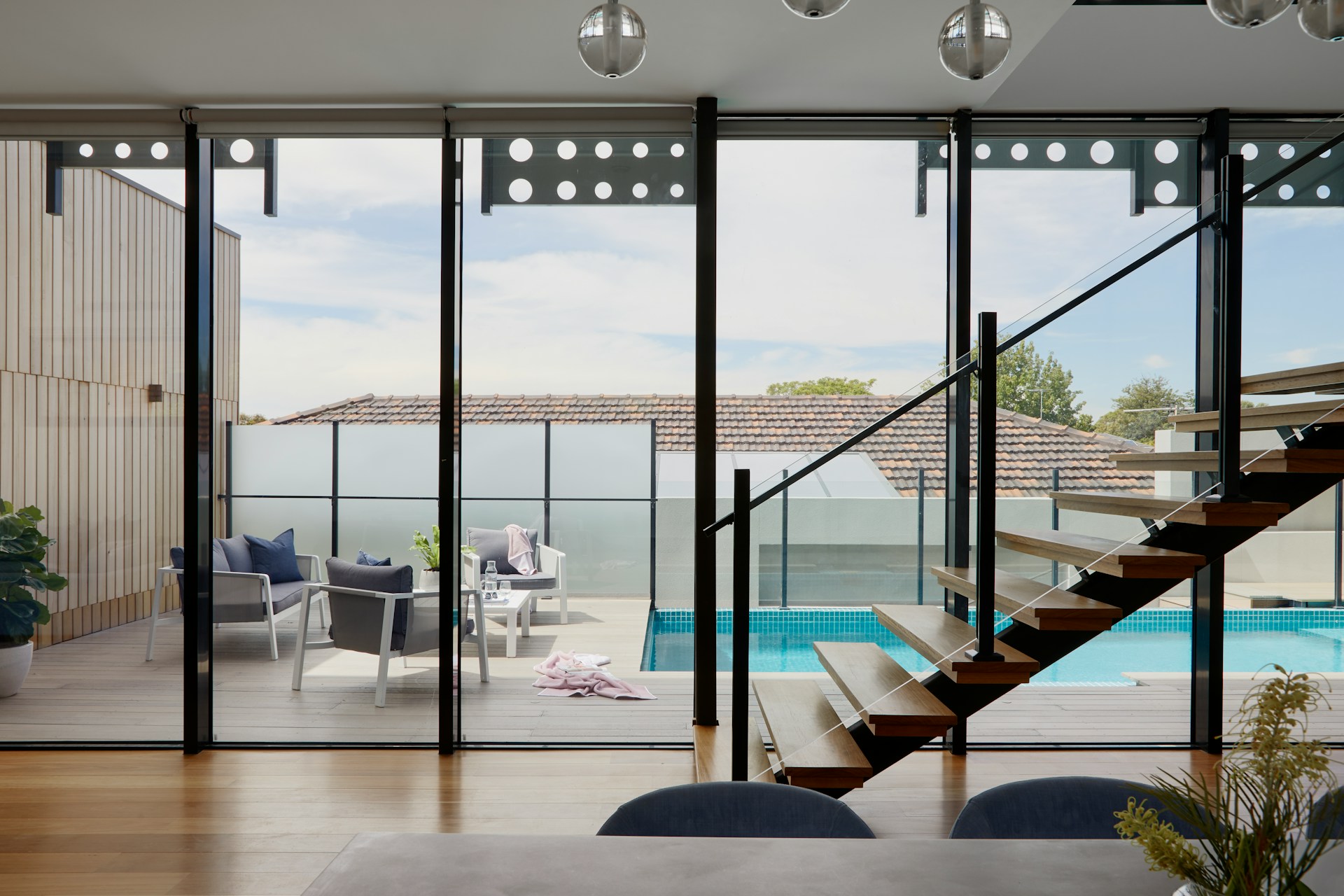Residential investment property: the complexities of the Australian market
Investing in property is one of the most popular ways to protect your finances in uncertain times. However, it is not always the most profitable choice. For example, a residential investment property may not meet expectations and may not provide significant capital growth.
Features of the Australian market
The investor expects to receive an income when buying an apartment or house to rent. Sources of this income are regular monthly payments or resale if prices rise. And if such activities are truly profitable in the markets of Europe and the United States, they are not always so in Australia.
Australia has a high concentration of people in large population centres. About 60% of the population lives in and around three cities. In addition, there was a global property boom in the 2000s, which also affected Australia. As a result, foreign investors became interested in local property. They began buying up residential and commercial property in major cities, causing prices to rise sharply. At the same time, the construction sector could not keep up with demand, further fuelling appreciation. As a result, the Austrian market is still experiencing a shortage of new housing.
Residents are actively buying property not only in Sydney but also in other major cities. All this leads to regular price increases in the market but in a limited location. This means that Australian buyers have almost 2 options – Sydney or Melbourne. Unlike other places in the country, these metropolises can offer a good selection of high-paying jobs. As a result, more and more Australians are relocating to these cities, increasing the demand for local housing.

Real income from home ownership
The above characteristics of the property market suggest that investing in property is not a good idea. There are several good reasons for this, including the overall cost.
For example, a house in a prestigious neighbourhood that costs USD 5.95 million can be sold for USD 8 million after 5 years. However, you will have to invest in the property during that time:
– a minimum of USD 200,000 in repairs;
– stamp duty on the purchase of the property was USD 300,000;
– insurance and payment of utilities for 5 years – USD 50,000;
– estate agency services – USD 150,000.
Considering all expenses, the house’s real value is USD 6.275 million, and the income is USD 7.625 million. As a result, the income for 5 years is 1.350 million, which is only 3.97% annualised.
Such a result would apply to almost any residential property in Australia. However, we are only talking about buying for rental or resale. The returns for commercial properties, development and renovation will be higher with subsequent sales.
